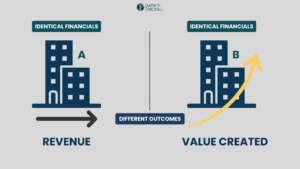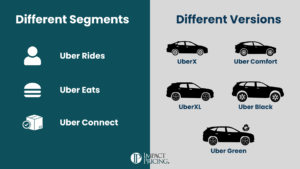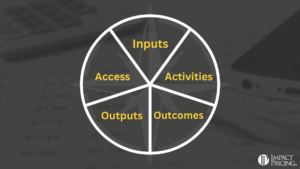AAAACHH! Twice this week I ran into the same situation. Two different companies are creating subscription products and are trying to figure out how to price them. They correctly started looking for a pricing metric, but because they wouldn’t segment their market, the pricing metric they were leaning toward was ineffective at capturing value. It was essentially a cost plus metric.
Market Segment
Let’s just use one of them, and anonymize it of course. This company, call them company X, makes analytical engine that crunches massive amounts of a specific data type and returns results that are often incredibly valuable to their customers. They served several different market segments, each trying to solve a different problem. The value of company X’s results depend on the market segment, of course.
Now the painful part. Company X was pricing their subscription based on the amount of storage used by the customer. Really?
Strategies (Value)
The one good thing I can think of about this strategy is that data storage is somewhat correlated with the amount of value customers receive. Customers with huge databases are doing more analytics, receiving more value and paying higher prices. That works. Many things are wrong with this strategy. It doesn’t capture the value from the different market segments, it doesn’t incentivize usage, it doesn’t feel to the buyer that just because they store more data they should pay more. It isn’t really correlated with outcomes. If you think about it, this is essentially a cost plus strategy. They were thinking, “Since we have to pay for the storage, let’s make sure we get paid for it.”
The company and I started talking about the value to the customers. How the different segments receive dramatically different amounts of value. How the information each segment needed was different. I suggested creating packages around the types of analytics they perform so they could capture the right amount of value from each segment. They said something like, “That’s a lot of work. Amazon AWS doesn’t do it that way.”
Also Read: Did Google Make a Pricing Mistake?
Amazon Case














